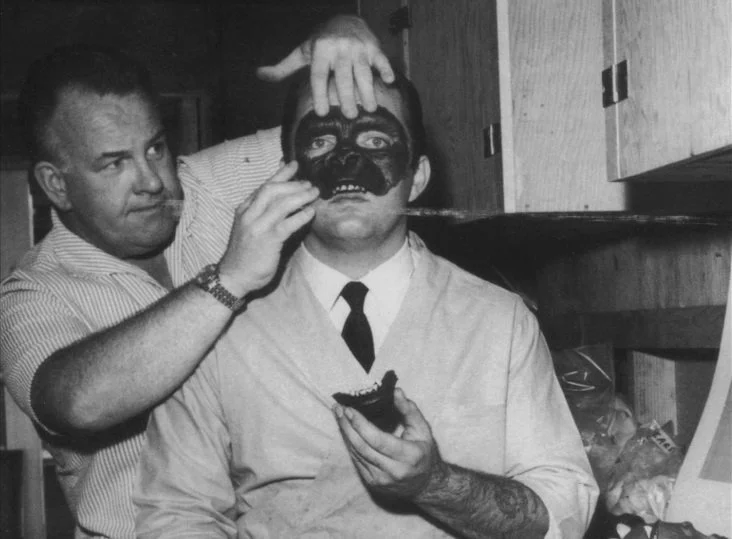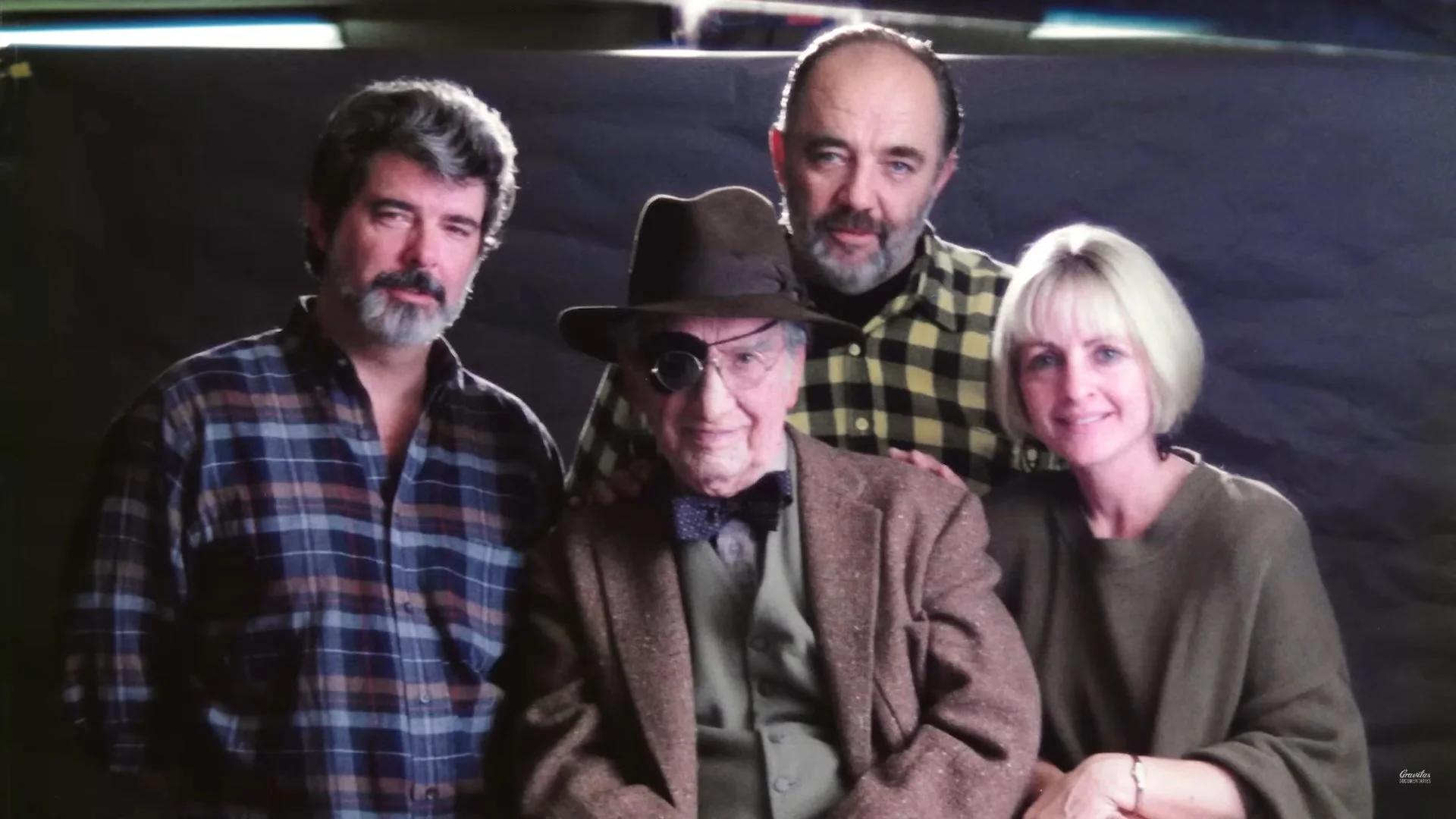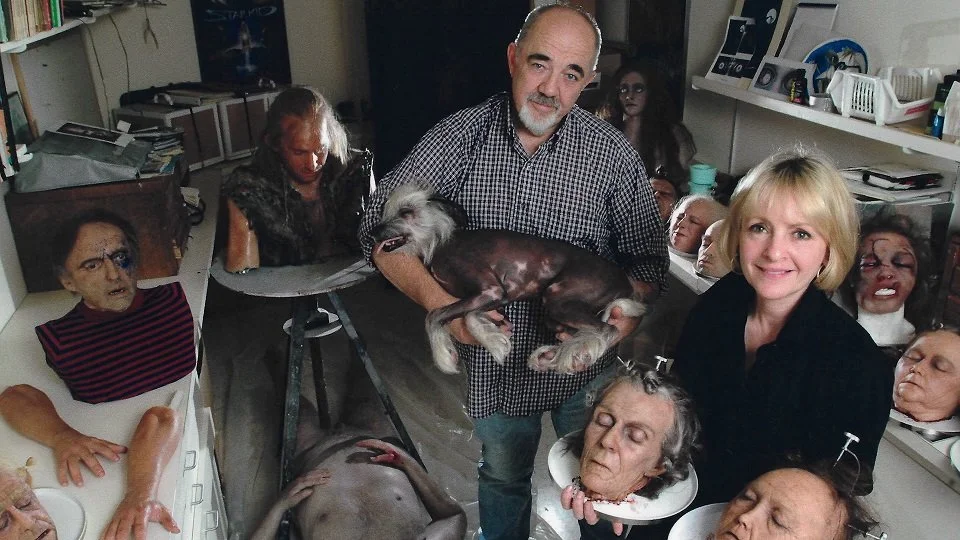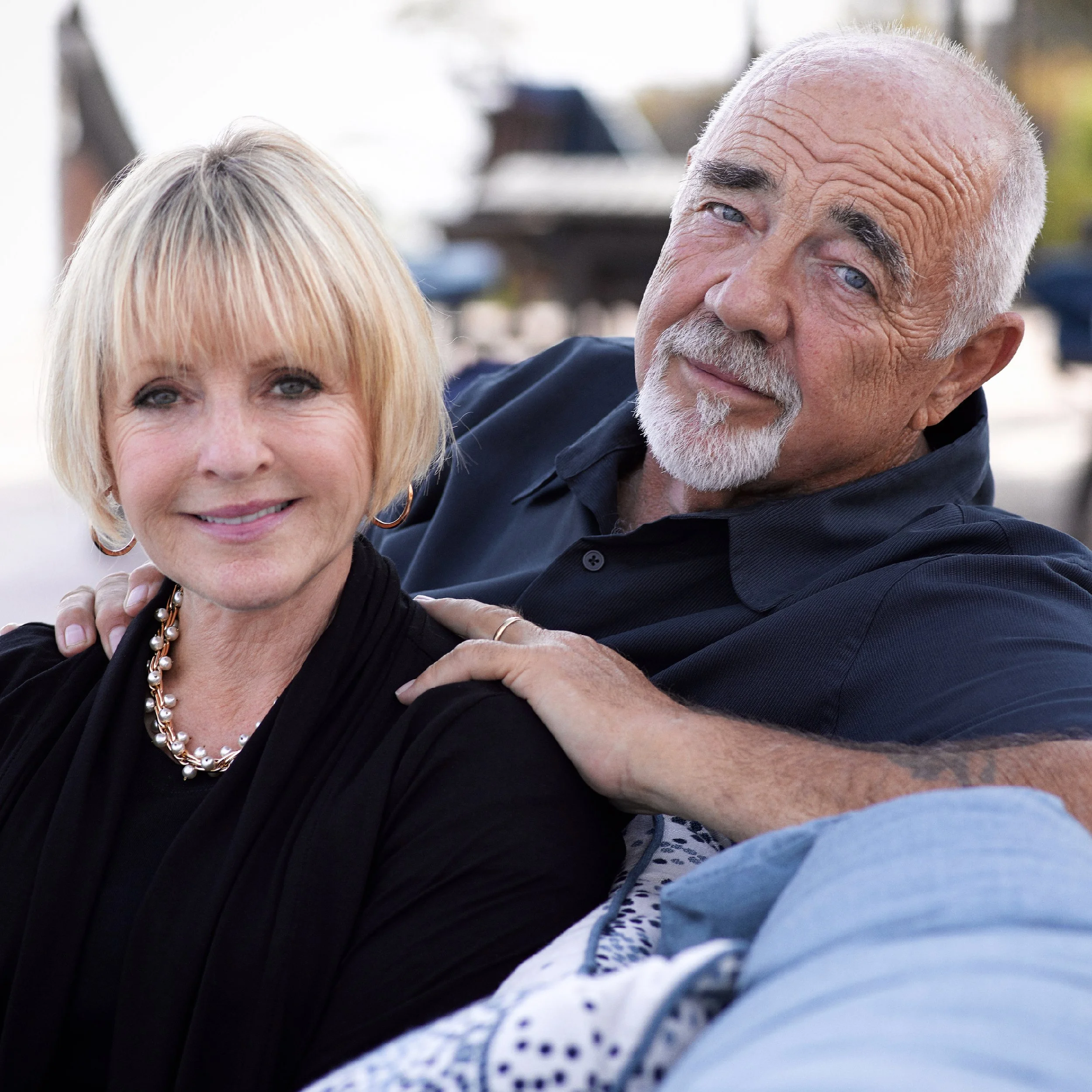over 50 years of
special make-up
effects history
Tom and Bari Burman spent five decades turning imagination into flesh and foam, shaping the art form now known as special make-up effects.
From their first experiments on the Planet of the Apes set to the silicone techniques still used in studios today, they built a family-run workshop in Burbank that became both laboratory and classroom for countless artists.
Along the way the Burmans earned 13 Primetime Emmys and 2 Academy Award nominations, but the true measure of their career is the steady procession of faces and creatures that continue to inspire filmmakers, students, and fans.
The following traces their journey by era, highlighting the milestones, collaborations, and innovations that turned a small family shop into a touchstone of movie craft.
1960
a new industry
Tom Burman began his career at 20th Century Fox under make-up pioneer John Chambers. On Planet of the Apes (1968) he helped fabricate the now-famous ape appliances. The film received a Special Achievement Academy Award for make-up, the first time the craft was formally honored, and it became a template for the modern special make-up effects industry.
Years later Tom introduced the term “special make-up effects” to describe this expanding discipline.
1970
The first studio
In 1973 Tom, his brother Ellis, and John Chambers opened the first independent studio dedicated solely to special make-up effects, serving both film and television.
Tom developed new foam and silicone blends, streamlined lifecasting methods, and founded Burman Industries, a supply company that still provides silicone, latex, and tools to shops worldwide. Key credits from the decade include Close Encounters of the Third Kind and Invasion of the Body Snatchers.
1980
On Screen Icons
With Bari joining the shop on Cat People (1982), the Burmans entered their most prolific era. They designed Sloth for The Goonies, burn and gore work for The Running Man, holiday spectres for Scrooged, and memorable creatures for Howard the Duck, Teen Wolf, Buckaroo Banzai, and more.
The pair received an Oscar nomination for Scrooged and multiple Emmy wins, establishing The Burman Studio as a premier house for character make-up during the practical-effects boom.
1990
blockbuster demand
Studio action films dominated the decade, and the Burmans delivered high-volume appliances and stunt-safe duplicates for Cliffhanger, Speed, Waterworld, Con Air, and Lethal Weapon 4.
The shop became a training ground for up-and-coming artists, many of whom later opened their own facilities, extending the Burman influence across the industry.
2000
Filmcraft to television
As the entertainment industry evolved, Tom and Bari focused on bringing feature-film realism to the small screen. FX’s Nip/Tuck let them explore hyper-detailed surgical work and earned fresh Emmy recognition.
Their passion for anatomy and photo-realism carried into Grey’s Anatomy, Private Practice, and other medical series, where lifelike injuries and procedures pushed broadcast standards.
Today
a lasting legacy
The historic Burbank shop that once bore the Burman name is now home to Vincent Van Dyke Effects, led by Tom and Bari’s former apprentice. Vincent mastered his craft at their side and carries forward their commitment to realism with award-winning prosthetics for films and prestige television.
Their son Maxx Burman has extended the family’s spirit of innovation into the digital era. He’s helped shape the visual effects landscape with projects like Iron Man, Godzilla, and Game of Thrones. Today he runs KitBash3D, a studio that provides digital tools that empower creators worldwide.
Through these successors, Tom and Bari Burman’s influence continues to guide the evolution of both practical and digital effects.
